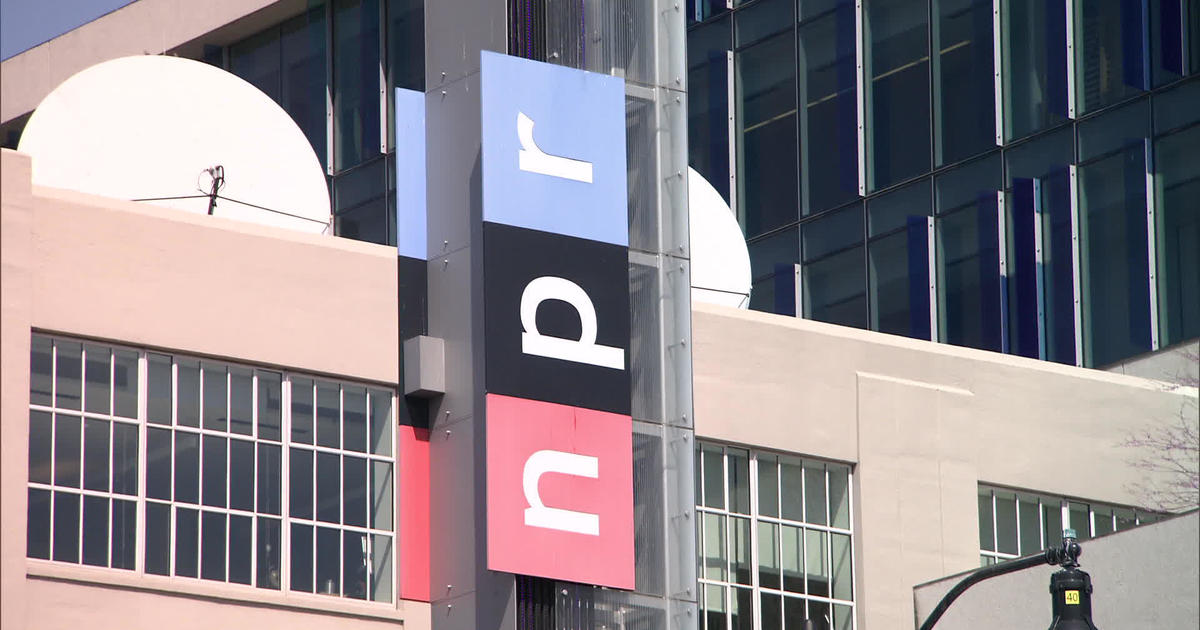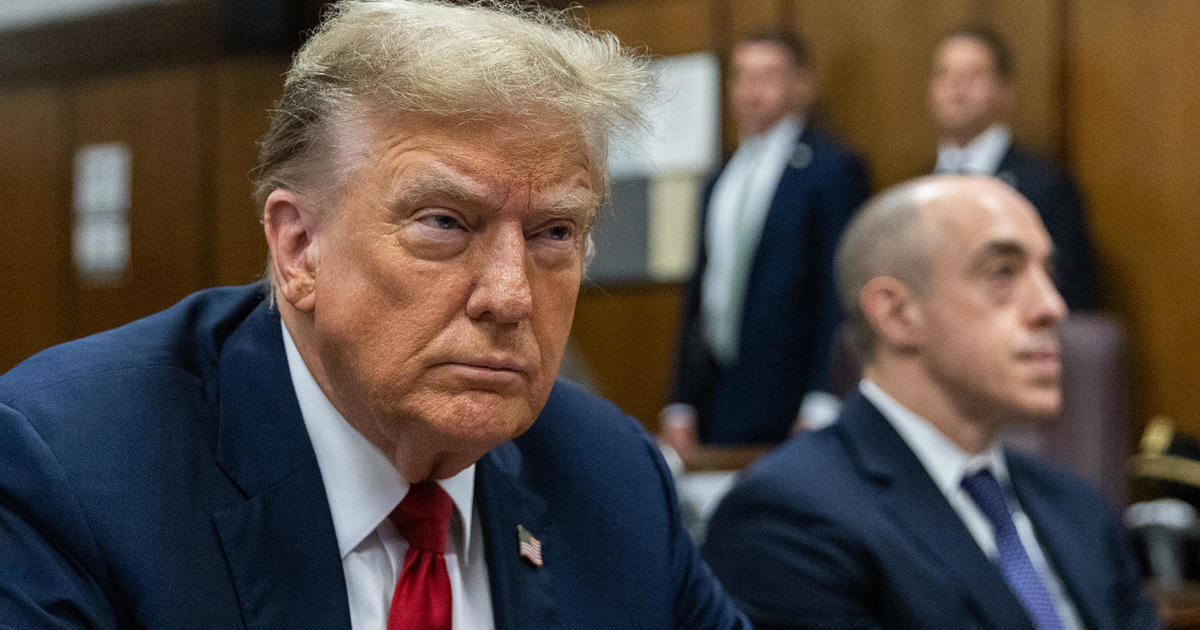America's baby bust: Births slide to 32-year low despite economic gains
America is going through a baby bust, with the number of births dipping to a 32-year low, according to new data from the Centers for Disease Control and Prevention's National Center for Health Statistics. The decline, which comes amid a growing economy, could portend challenges in future decades if it results in a shrinking workforce that can't financially support the needs of older Americans needing Social Security and Medicare services.
The number of babies born last year in the U.S. dipped 2 percent, sliding to 3.79 million births, the CDC said. That represents the fourth consecutive year that the number of births has declined, with the country recording the lowest number of births since the late 1980s, the agency said.
The shrinking birth rate raises the specter of the type of population decline hampering a number of developed countries, from Japan to Hungary. With fewer babies born each year, Japan is struggling with a shrinking workforce and rapidly aging population, which will strain the nation's efforts to provide social services and grow its economy.
While the U.S. numbers aren't as dire as they are for Japan — the U.S. birth rate stands at 1.73 births per woman, compared with 1.4 for Japan — the trend in America could stress the country's elder care system and lead to a shrinking tax base. When the birth rate first dipped several years ago, demographers suggested the impact of the fragile post-recession economy as a cause. But birth rates have only continued to shrink even as the economy expanded and the jobless rate hit a half-century low.
"I keep expecting to see the birth rates go up and then they don't," said demographer Kenneth M. Johnson of University of New Hampshire's Carsey School of Public Policy.
Postponing families
Women are postponing childbirth, with the CDC finding birth rates declined for women aged 15 to 34 from last year, but rose for women aged 35 to 44.
Previous economic crises, such as the Depression in the 1930s, also coincided with low points for fertility in 20-somethings, yet the current strong economy should help women feel more secure about starting families.
Even though the economy has grown, many women may be waiting until their 30s or 40s to have children because of financial strain that wasn't as common with earlier generations, such as student loan debt and the sky-high cost of housing in some large U.S. cities.
Millennials, who are in their 20s and 30s, are increasingly falling out of the middle class, adding to their financial insecurity. Only 6 of 10 millennials earn enough to be considered middle class, compared with 7 of 10 baby boomers at the same age, the OECD said last month.
Automation of jobs
To be sure, a lower birth rate doesn't necessarily translate into economic troubles. For one, the U.S. and other developed nations are going through an era of automation, with some jobs projected to shrink or disappear due to robots and advances in artificial intelligence. Amazon, for one, is adding robots to its warehouses that can take the place of 12 human workers each.
Immigration can also help offset lower birth rates, although the Trump administration has taken a restrictive stance toward immigration.
Lastly, it's not all bad news: The number of teen pregnancies slumped 7% last year. Overall, the teen pregnancy rate has been cut by 58% since 2007, the CDC said.
Who will fund Social Security and Medicare commitments?
Fewer new U.S. workers would likely mean fewer payroll tax revenues to fund the nation's Social Security and Medicare commitments. The latest report from the government's overseers of Medicare and Social Security show the financial condition of the bedrock retirement programs for middle- and working-class Americans remains shaky.
An April report paints a sobering picture of the programs: Social Security would become insolvent in 2035, one year later than previously estimated, with only enough money cover 80 percent of its obligations. Medicare is pointed toward insolvency even sooner, by 2026.
The Associated Press contributed to this report.



